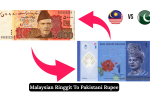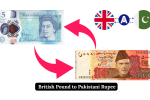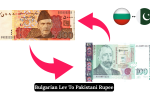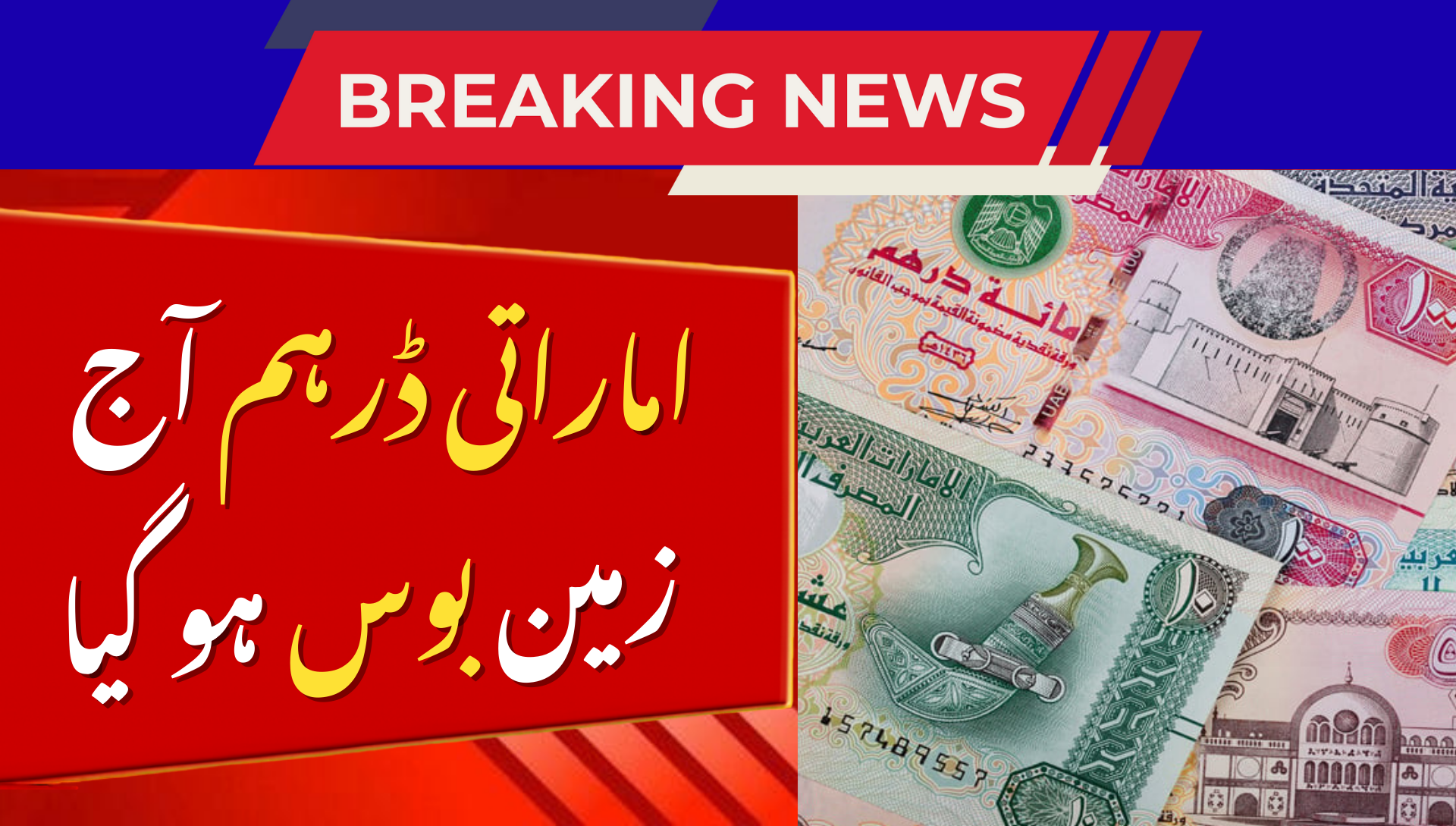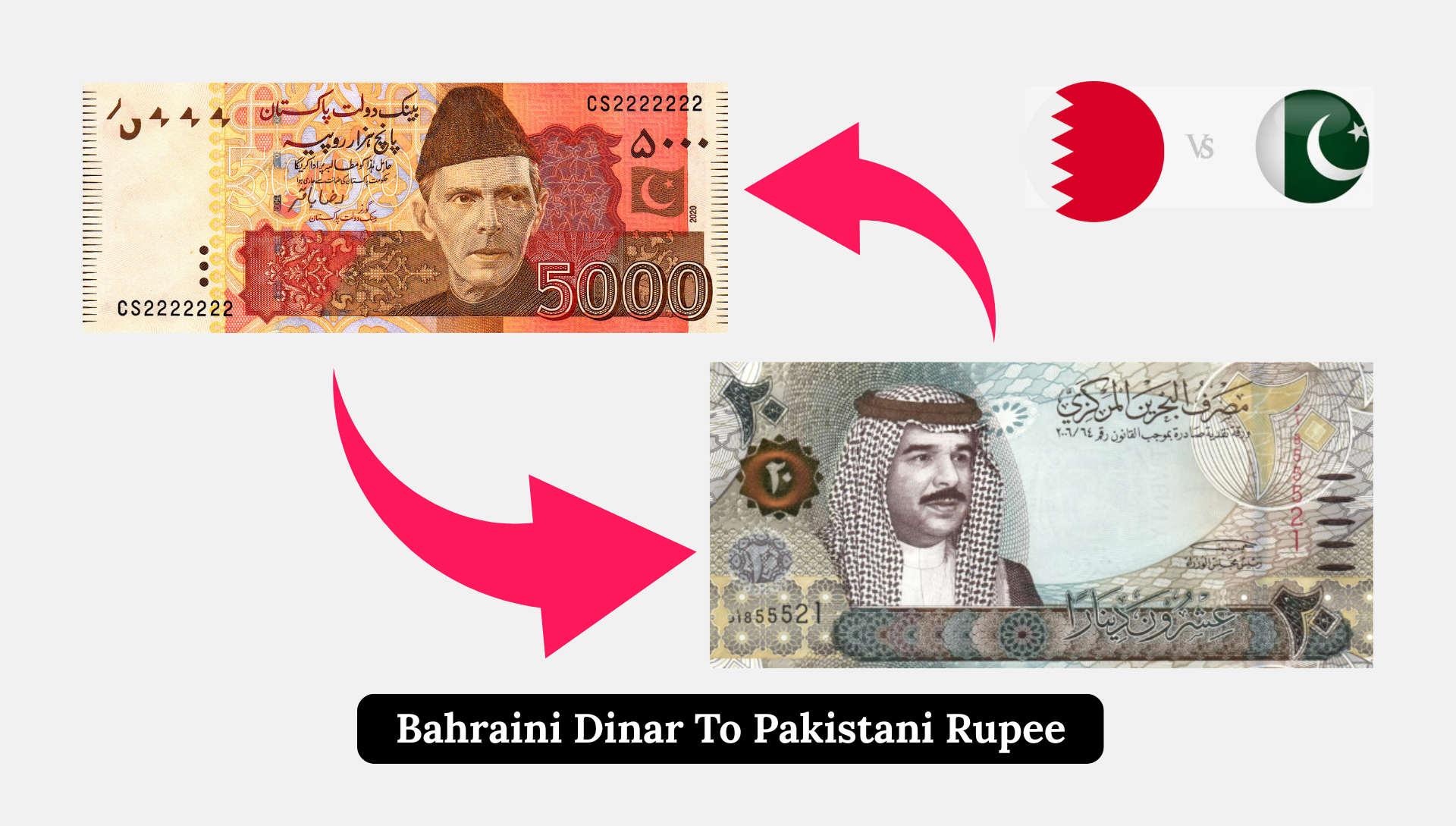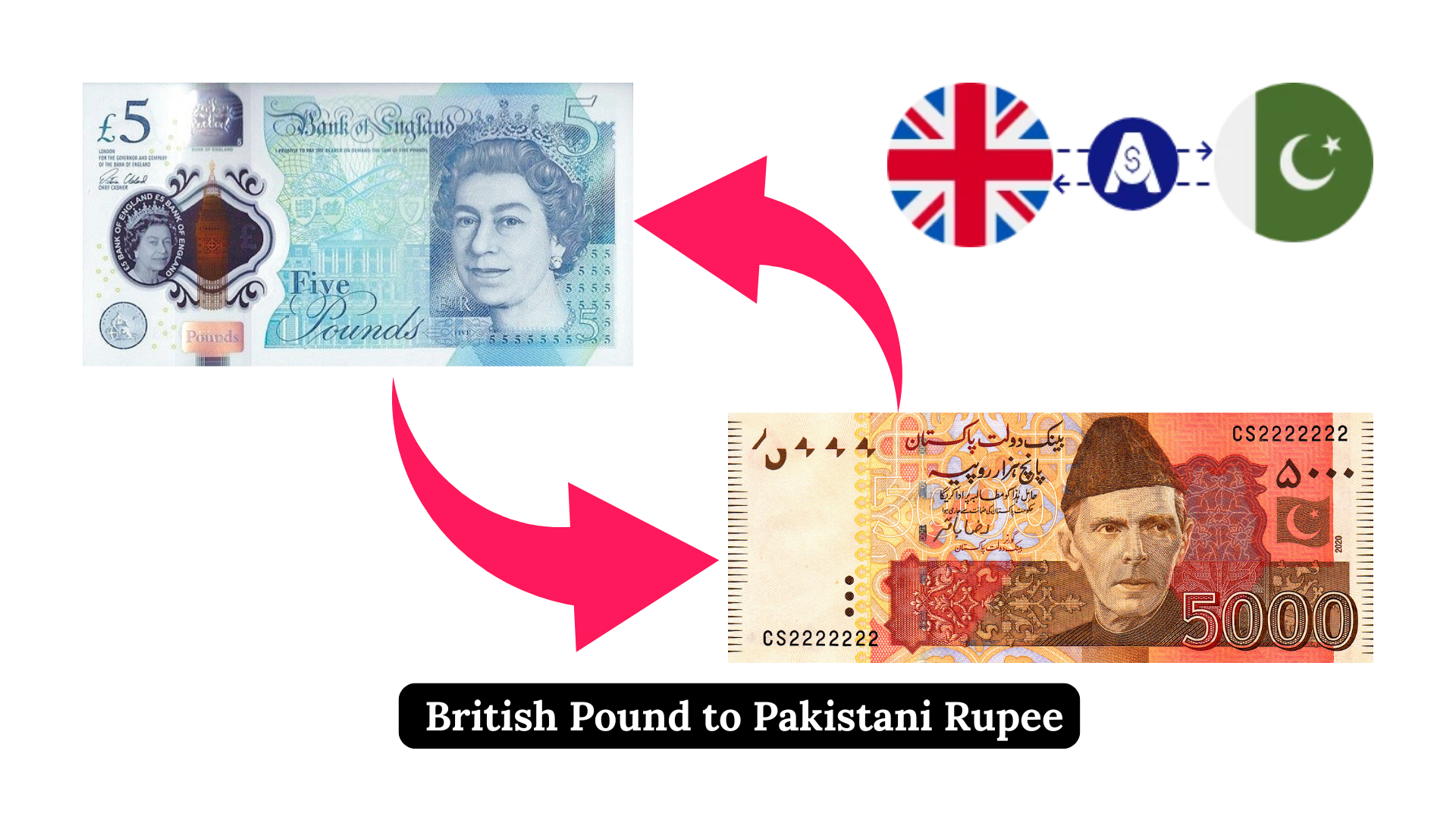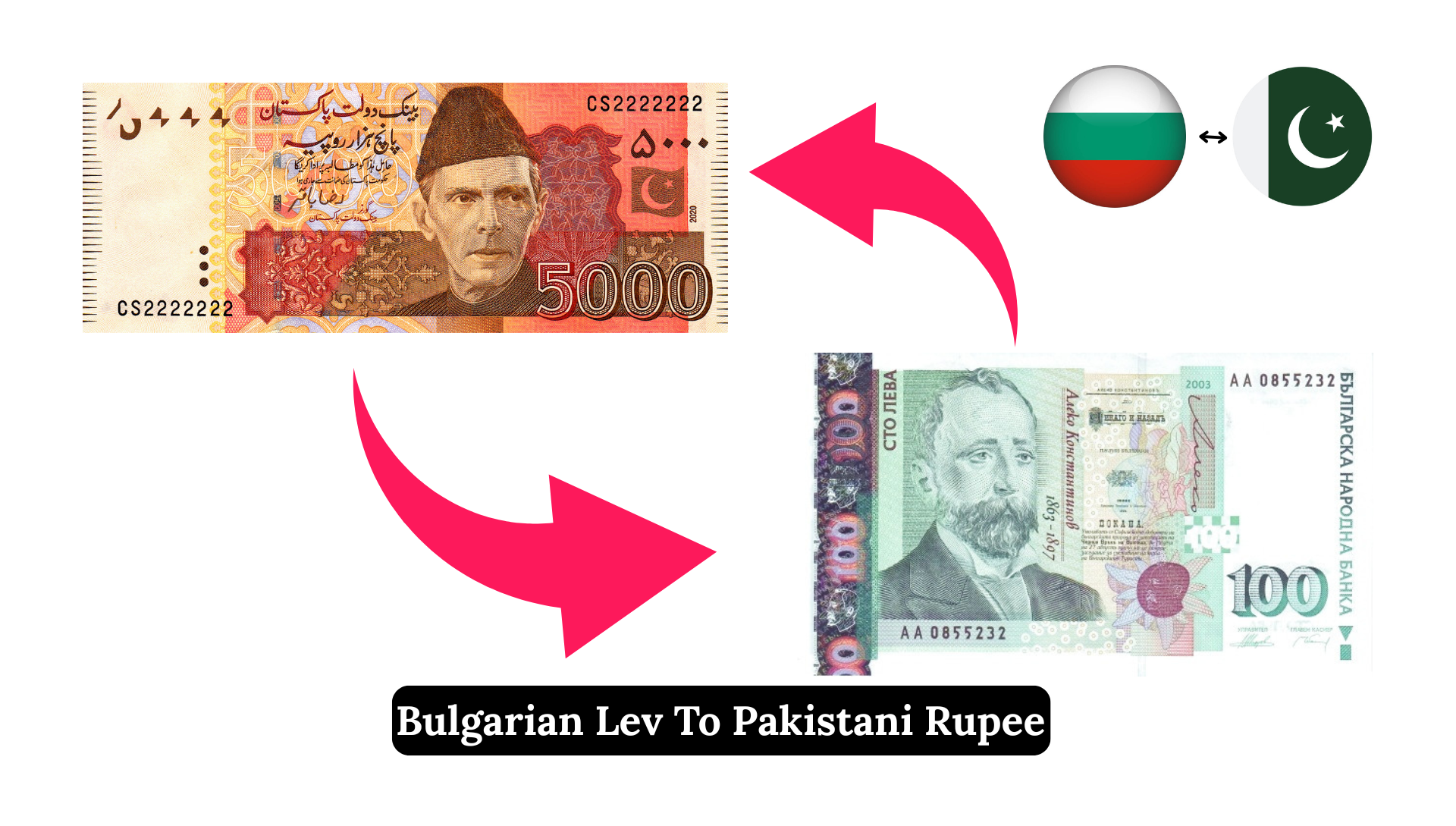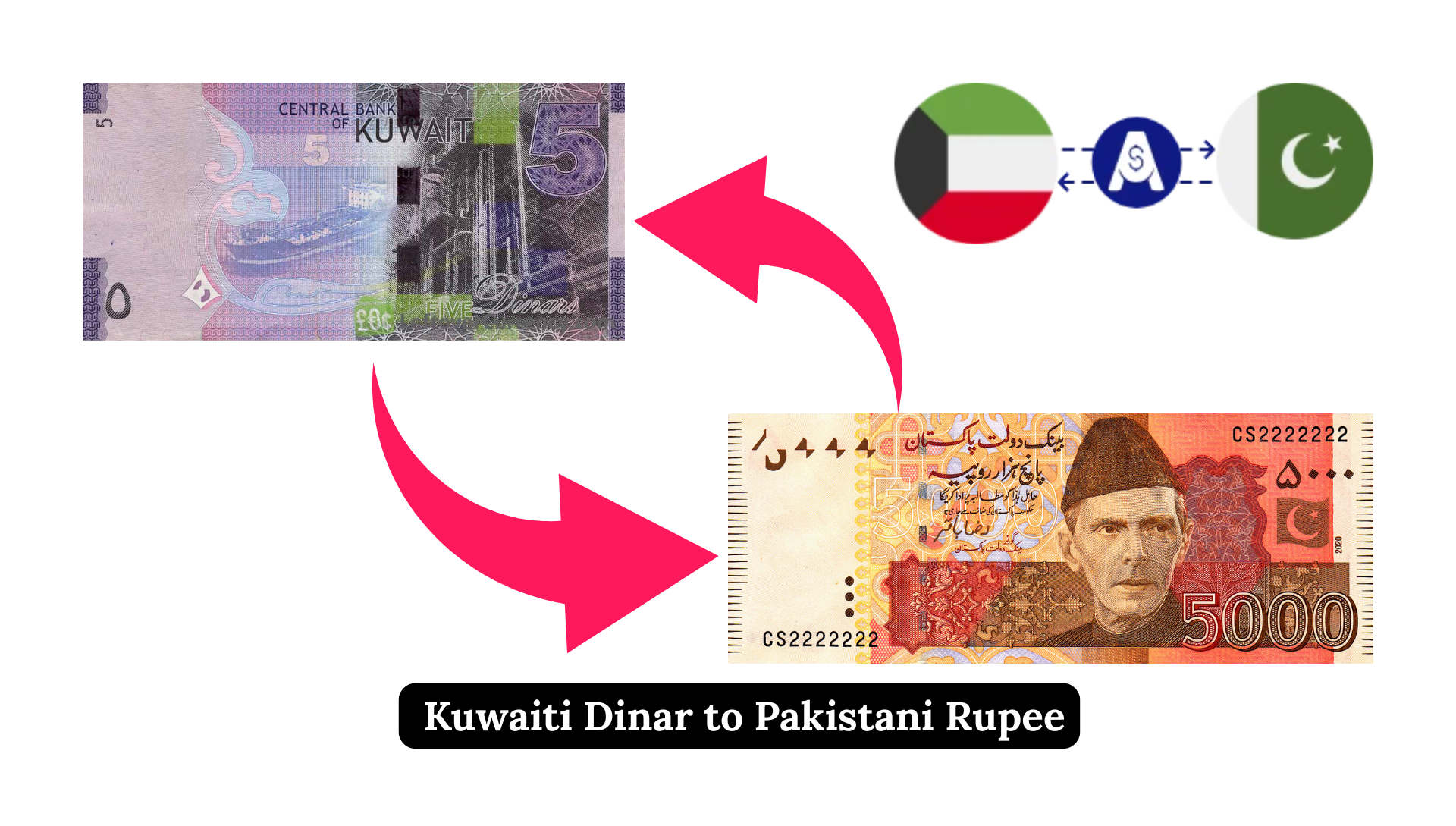Will Pakistani Rupee Fall Below 300 Against US Dollar Next Year. The Pakistani rupee (PKR) has shown mixed performance over the past year. With global economic pressure easing and Pakistan continuing fiscal reforms, analysts are cautiously optimistic.
According to a new report by Topline Securities, the PKR is expected to trade between Rs. 285 and Rs. 290 by June 2026, and gradually weaken to Rs. 290–295 by December 2026.
This means the rupee may stay just below Rs. 300 per US dollar, avoiding a sharp fall if reforms continue and investor confidence improves.
Current Exchange-Rate Outlook
Topline Securities’ forecast is based on controlled inflation, improved remittances, and stable reserves.
They expect the exchange rate to remain within Rs. 290–295 by the end of 2026 if the government maintains fiscal discipline and reforms the energy sector.
| Period | Expected PKR/USD Rate | Key Influencing Factor |
|---|---|---|
| June 2026 | Rs. 285 – Rs. 290 | Reform momentum & IMF support |
| December 2026 | Rs. 290 – Rs. 295 | Seasonal import pressure & higher oil prices |
| Worst-case Scenario | Rs. 300 + | Policy slippage or low external inflows |
Factors Behind the PKR Forecast
Several macroeconomic factors shape this projection:
1. Improved Fiscal Discipline
The government has cut non-development spending and tightened public sector financing.
Topline estimates the fiscal deficit at 4.6 percent of GDP, slightly above official targets due to flood-related expenses but still manageable.
2. Higher Remittances
Remittances are expected to grow 7.5 percent to US$ 41.2 billion, helped by better banking channels and reduced currency speculation. Stronger remittance flows help the State Bank stabilize reserves and support the rupee.
3. Stable Current Account Deficit
Analysts expect the current account deficit to stay within 0.25–0.75 percent of GDP, or roughly US$ 2.5–3.5 billion.
This indicates controlled imports and strong export growth in textiles and IT services.
4. Moderate Inflation
Inflation is forecast to remain in the 6.5–8 percent range through FY26–FY27.
This projection assumes a PKR/USD rate of around Rs. 299 and moderate increases in fuel and utility tariffs.
5. Improved Market Confidence
With better liquidity and strong equity-market performance, foreign investors are showing renewed interest in Pakistan’s economy.
The KSE-100 Index is expected to hit 203,000 by December 2026, signaling positive sentiment that could support the PKR.
Economic Reforms Driving Stability
Pakistan’s macroeconomic reforms are centered around the IMF Extended Fund Facility (EFF) and home-grown policies to stabilize growth.
Key initiatives include:
- Reducing energy subsidies and improving tax collection.
- Digitizing customs and trade for faster export processing.
- Encouraging foreign investment in renewable energy and IT.
- Promoting local manufacturing to reduce import dependency.
If these reforms continue, the PKR is likely to remain stable and may even strengthen slightly before FY27.
Pakistan’s Trade and Remittance Outlook
Pakistan relies heavily on exports and remittances to manage its external balance.
| Sector | 2025 Estimate (US$ Billion) | 2026 Forecast (US$ Billion) | Trend |
|---|---|---|---|
| Exports | 30.5 | 33.0 | ↑ Rising due to IT and textiles |
| Remittances | 38.3 | 41.2 | ↑ 7.5 % growth expected |
| Imports | 55.0 | 58.0 | ↑ Moderate increase with growth |
| Current Account Deficit | 4.0 | 2.5–3.5 | ↓ Improving |
Inflation and Interest Rate Trends
The State Bank of Pakistan (SBP) is expected to maintain a balanced monetary policy.
Inflation could ease to around 7 percent, allowing a gradual reduction in interest rates by mid-2026.
Lower rates may help industry and investment while keeping the exchange rate under control.
Flood Recovery and Fiscal Challenges
Flood reconstruction and climate-related spending remain major budgetary pressures.
Topline warns the fiscal deficit could reach 4.6 percent of GDP, slightly above government estimates.
However, this is expected to be offset by higher revenue collection and external support from the World Bank and ADB.
Government’s Primary Surplus Target
The government aims to maintain a primary surplus of 1.6 percent of GDP, which helps reduce the need for external borrowing and supports currency stability.
A primary surplus indicates Pakistan is spending less than its revenue (excluding debt payments), a key indicator for the IMF and foreign investors.
Risks That Could Weaken the Rupee
Despite a positive outlook, some risks could push the PKR closer to 300 or beyond:
- Delays in IMF reviews or failure to meet targets.
- Rising global oil prices, which increase import bills.
- Political uncertainty ahead of elections.
- Weak agricultural output due to climate shocks.
- Lower-than-expected remittances from the Middle East.
If these factors intensify, the rupee could face temporary pressure, possibly testing the Rs. 300 mark.
Expert Opinion: PKR Will Stay Below 300
Topline Securities and other analysts believe that with continued IMF support, strong remittances, and tighter fiscal control, the PKR will avoid sharp depreciation.
Improved investor confidence and foreign exchange reserves are expected to stabilize the market through FY26 and FY27.
In short: The rupee is expected to stay around Rs. 295 per US dollar, not below or above 300 if reforms stay on track.
Comparison With Regional Currencies
| Country | 2025 Exchange Rate (Per USD) | 2026 Forecast | Currency Trend |
|---|---|---|---|
| Pakistan (PKR) | 280–285 | 290–295 | Stable / Slight Weakness |
| India (INR) | 83.0 | 84.5 | Slight Depreciation |
| Bangladesh (BDT) | 118 | 121 | Gradual Decline |
| Sri Lanka (LKR) | 320 | 330 | Moderate Weakness |
What Investors Should Expect
- Stock market: Expected to benefit from currency stability.
- Exporters: May gain from slightly weaker rupee.
- Importers: Need to hedge future payments as rates may rise toward Rs. 295.
- Consumers: Gradual price stability if inflation remains under 8 percent.
Conclusion
The Pakistani rupee is unlikely to fall below Rs. 300 against the US dollar next year.
With expected reforms, strong remittance growth, and IMF backing, the currency should remain in the Rs. 290–295 range through 2026.
Sustained fiscal discipline and policy stability will be key to keeping the rupee stable and restoring economic confidence.







